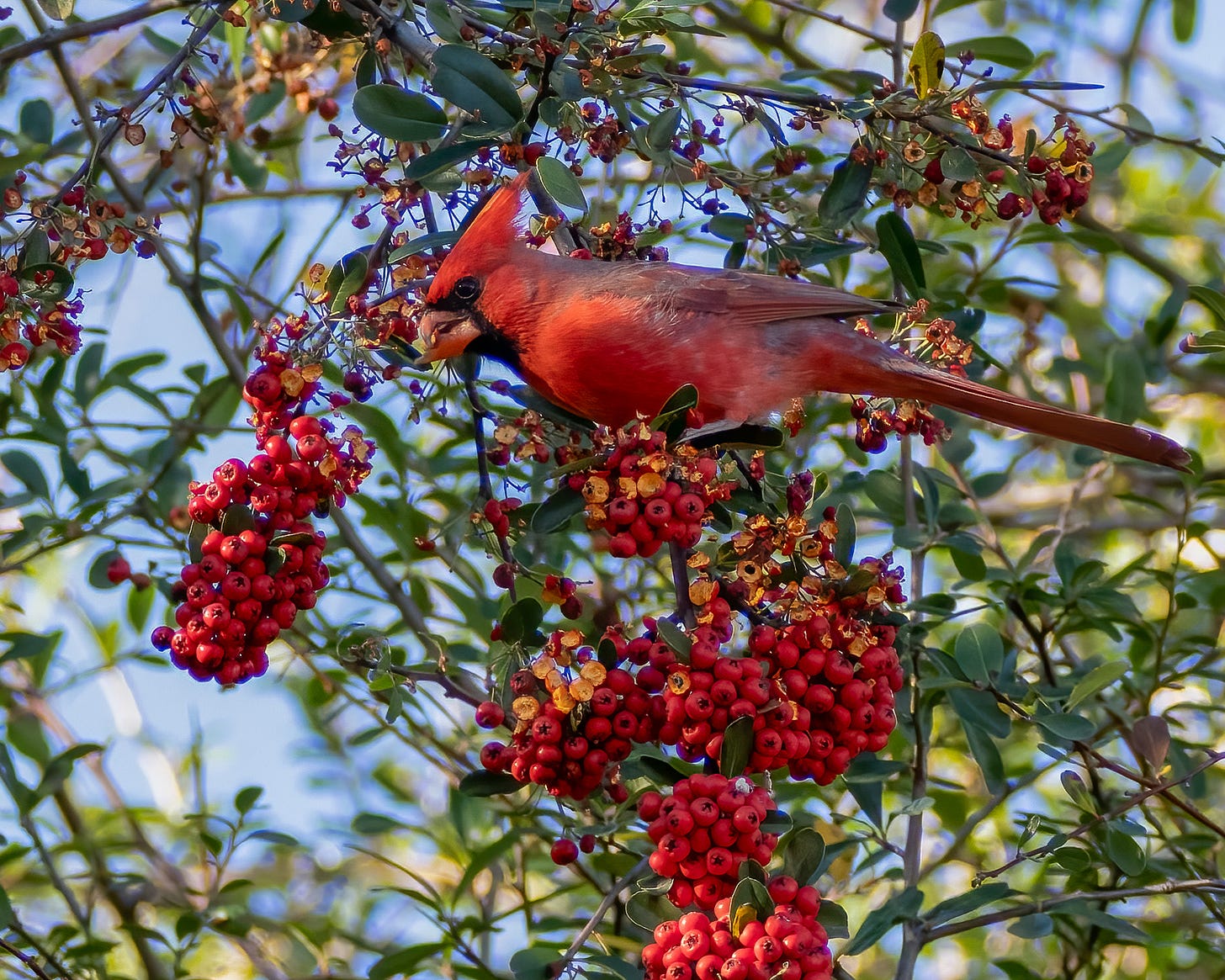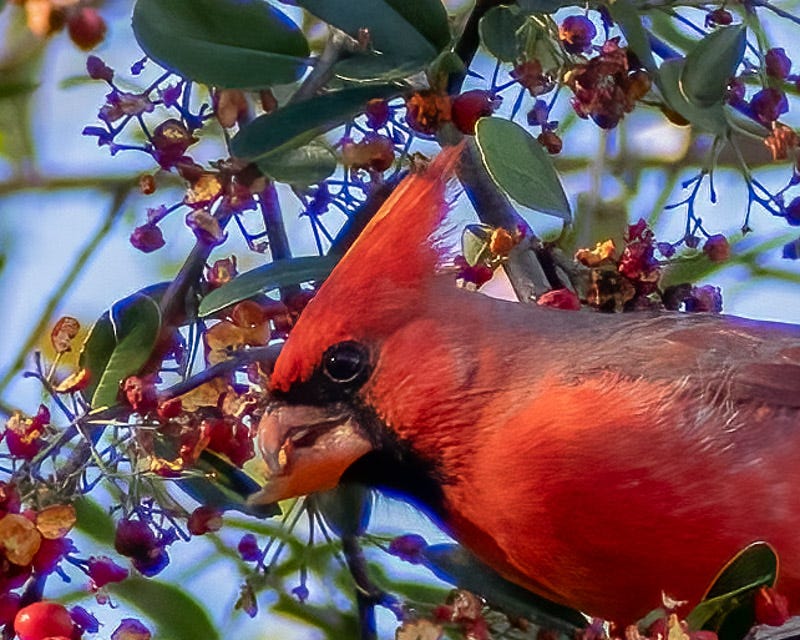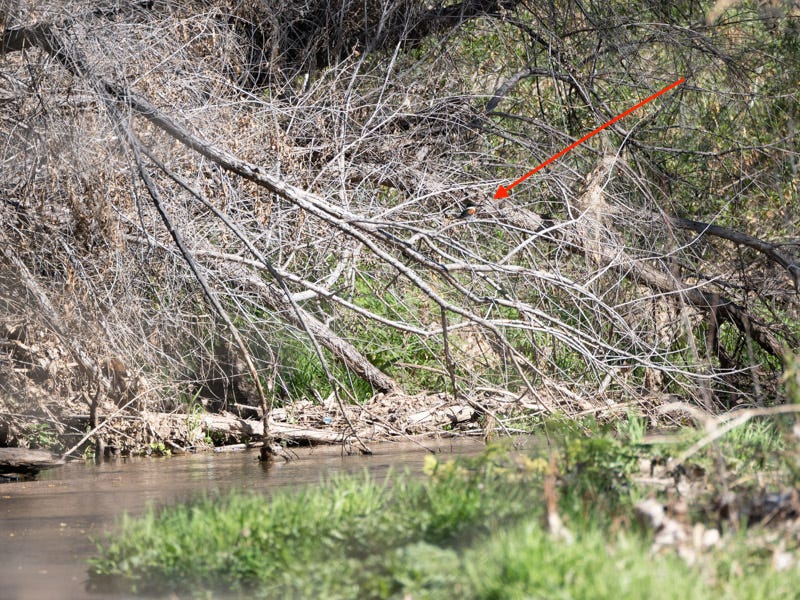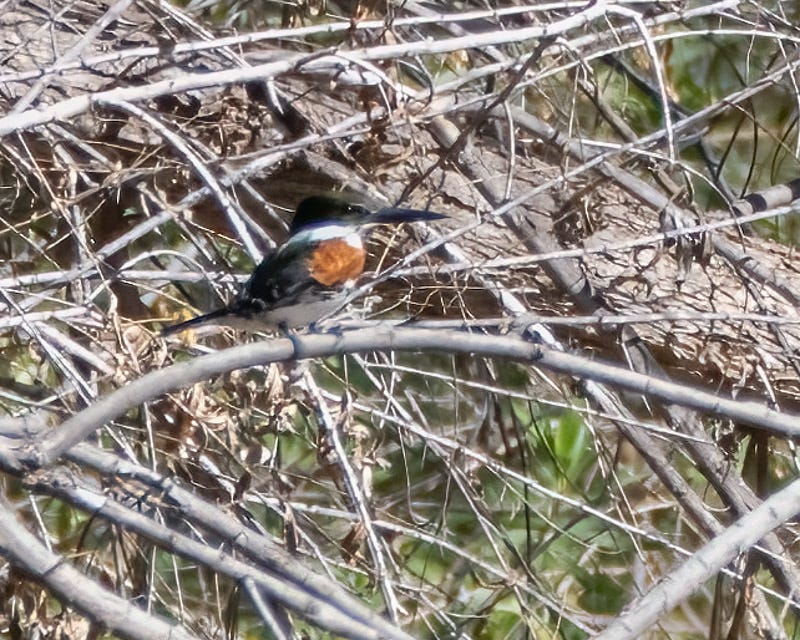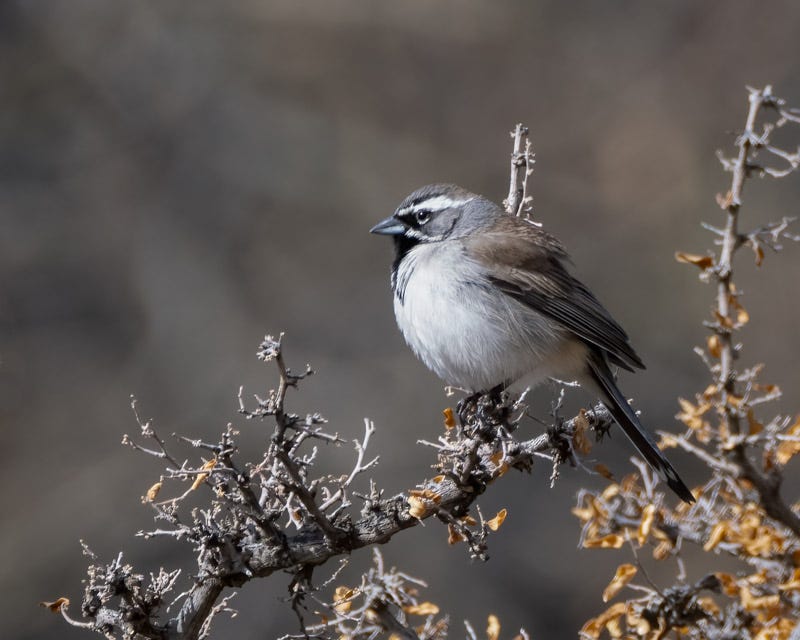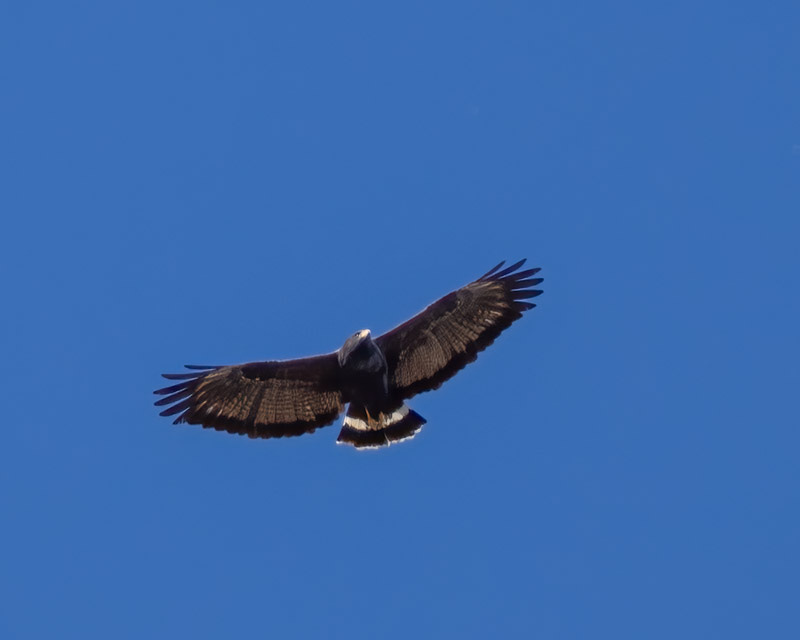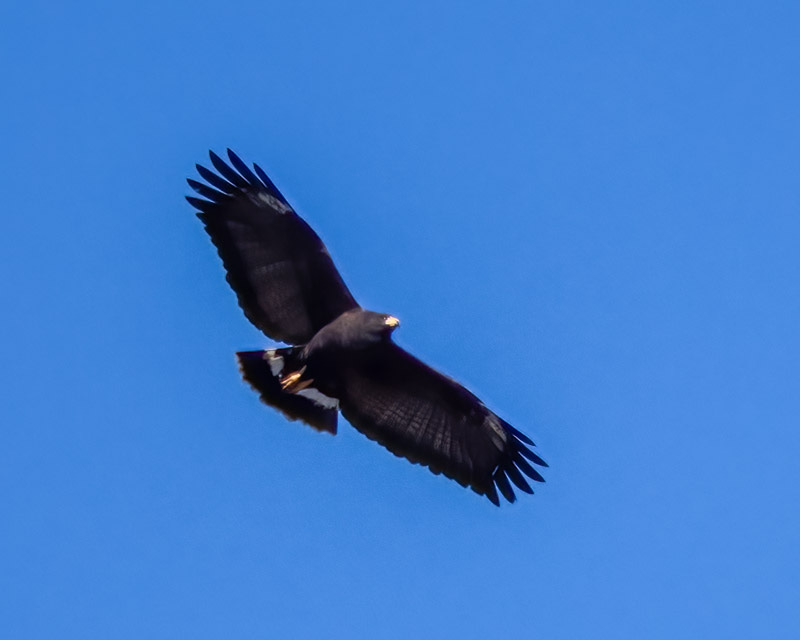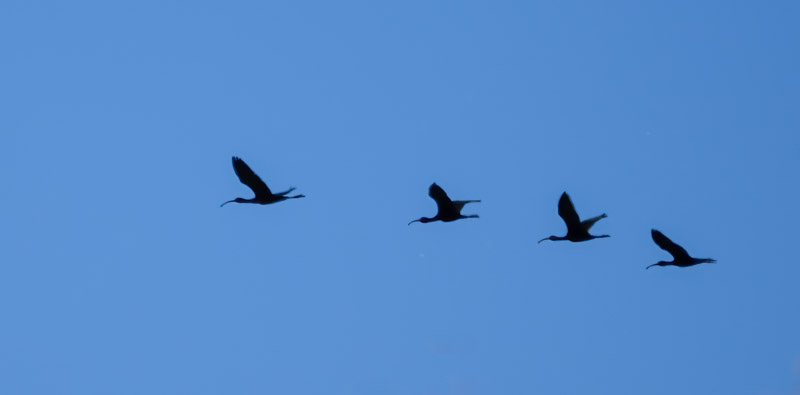South of Green Valley
Here are a few of many places to bird south of Green Valley
There are some good birding spots south of Green Valley along the Santa Cruz River and I visited a few of them over the past month. The first was at "Santa Gertrudis Lane", just south of Tumacacori. This is a private road that leads to the Santa Cruz River and is bounded by tall pyracantha bushes on the south side. The bushes loaded with berries always attract many birds during the winter. One of the fun birds to see was this male Northern Cardinal, who was as red as the berries were.
When I got home and processed my photos, I was startled to see the shape of the Cardinal's beak! You can see how the upper part of his bill is deformed. No matter the cause, the Cardinal otherwise looked healthy and acted normal, so it has adjusted.
One of the 'target' birds on our walk was the Green Kingfisher. The Green Kingfisher is a small, emerald green kingfisher that, in the US, can only be found in the lower stretches of the Santa Cruz River and along the lower Rio Grande. They are not common here and, when the Santa Cruz is flowing like it was for us, it is hard to walk up and down the river looking for it. Fortunately, we were rewarded when one Green Kingfisher flew past us and landed far down the river in a tangle of dried branches.
Can't see it? Look again.
A close-up of the same photo shows the Green Kingfisher with a stocky body and a large bill. The rusty wash on its belly tells us this is a male. These Kingfishers are always found near water and they hunt for prey in the water, diving to grab fish that they see.
Walking back out on Santa Gertrudis Lane we saw a wintering White-crowned Sparrow chowing down on the many pyracantha berries.
Two weeks later I went on a walk along Montosa Canyon, on the east side of the Santa Ritas just south of Canoa Ranch. The canyon, seldom visited, is on the road to the Mount Hopkins Observatory. In another month or so when the trees leaf out, Montosa Canyon will become a good place to see a variety of summering birds. That morning, however, the birds were few and far between but the quiet and beauty of the canyon made the walk worthwhile. Below is a Black-throated Sparrow that popped up from the canyon.
A week ago I made a visit to the annual Hawk Watch in Tubac, held throughout the month of March at the Ron Morriss County Park. The Santa Cruz River and the riparian habitat along it provide a migration corridor for raptors returning north. Common Black Hawks are a special species that uses this path and the month-long vigil is a "must" place to visit for birders. That morning more than 100 people were there and most of the migrants, clearly visible, were high in the sky. A few Common Black Hawks soared lower over us seeking thermals.
Common Black Hawks are described as "soot colored". They have very broad wings and a white tail band on their very short tail. The shape of those broad wings are distinctive among US raptors.
Found year-round in the purple areas of this range map (from the AllAboutBirds site), you can see where in the US Black Hawks are found during breeding season, noted in orange.
In the US (primarily Arizona), they inhabit riparian forests in canyons and deserts of the Southwest. It is pretty special to see them during their spring migration.
There are always many different species of raptors and birds that use the same Santa Cruz River migration corridor. Besides Black Hawks, that morning we saw Gray Hawks, Red-tailed Hawks, Zone-tailed Hawks, Cooper's Hawks, Turkey Vultures, Black Vultures, and Common Ravens while I was there. In addition, a nice surprise was a flock of White-faced Ibis that passed by far overhead. This is a portion of the flock.
South of Green Valley along the Santa Cruz River and the De Anza Trail, there is always something interesting to see.


